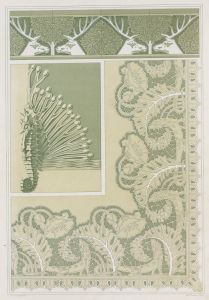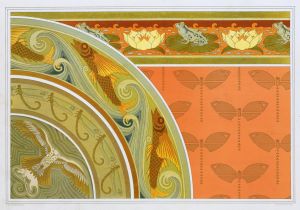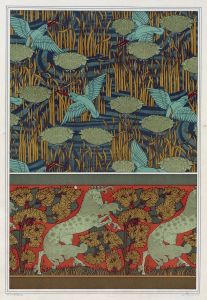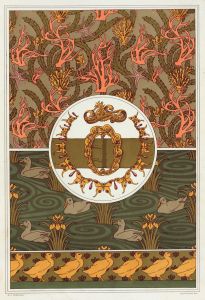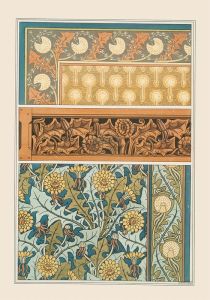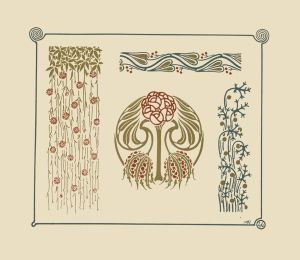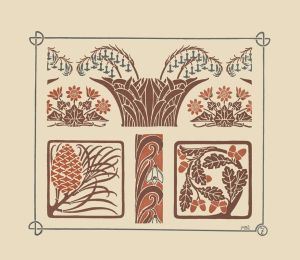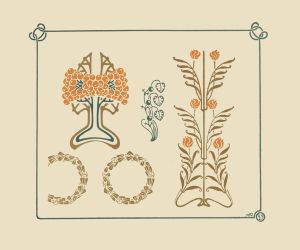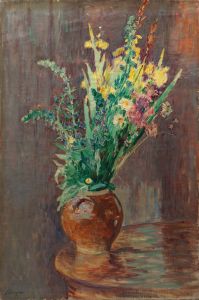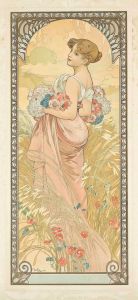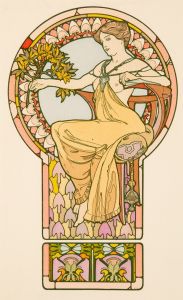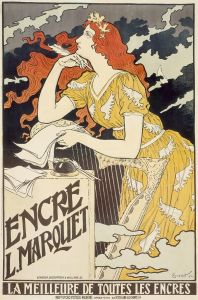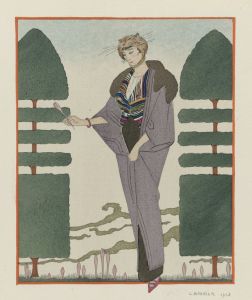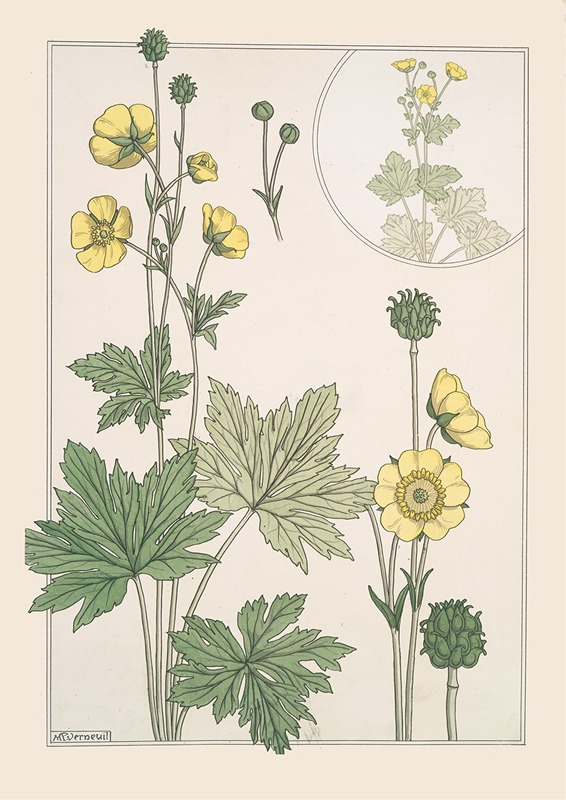
Bouton d’or
A hand-painted replica of Maurice Pillard Verneuil’s masterpiece Bouton d’or, meticulously crafted by professional artists to capture the true essence of the original. Each piece is created with museum-quality canvas and rare mineral pigments, carefully painted by experienced artists with delicate brushstrokes and rich, layered colors to perfectly recreate the texture of the original artwork. Unlike machine-printed reproductions, this hand-painted version brings the painting to life, infused with the artist’s emotions and skill in every stroke. Whether for personal collection or home decoration, it instantly elevates the artistic atmosphere of any space.
Maurice Pillard Verneuil (1869–1942) was a French artist and designer known for his contributions to the Art Nouveau movement. He worked across various mediums, including graphic design, ceramics, and interior decoration, and was particularly celebrated for his innovative use of natural forms and motifs. One of his notable works is Bouton d’or (translated as "Buttercup"), which exemplifies his mastery in blending artistic creativity with the natural world.
Bouton d’or is a decorative illustration that highlights Verneuil's fascination with botanical subjects. The artwork features the buttercup flower, rendered in a stylized manner typical of the Art Nouveau aesthetic. Verneuil's approach to design often involved simplifying and abstracting natural forms while maintaining their essential beauty and elegance. In this piece, the buttercup is depicted with flowing lines and harmonious curves, emphasizing its organic structure and vibrant character. The composition reflects the Art Nouveau ethos of integrating art with nature, a principle that Verneuil championed throughout his career.
Verneuil was heavily influenced by the works of Eugène Grasset, a pioneer of Art Nouveau, and Japanese art, particularly ukiyo-e prints. These influences are evident in Bouton d’or, where the use of bold outlines, flat colors, and rhythmic patterns recalls the stylistic elements of Japanese woodblock prints. The artwork also demonstrates Verneuil's skill in creating designs that are both decorative and functional, as many of his illustrations were intended for use in applied arts, such as wallpaper, textiles, and ceramics.
Bouton d’or was likely created as part of Verneuil's broader efforts to document and celebrate the beauty of flora. He collaborated on several publications that explored the artistic potential of natural forms, including L'Animal dans la Décoration (1897) and Étude de la Plante (1903). These works served as inspiration for artists and designers of the time, providing a rich source of motifs and patterns for use in various decorative arts.
While specific details about the creation and original context of Bouton d’or are limited, the piece remains an enduring example of Verneuil's talent and the Art Nouveau movement's emphasis on the unity of art and nature. Today, his works, including Bouton d’or, are appreciated for their historical significance and their contribution to the development of modern decorative arts.





